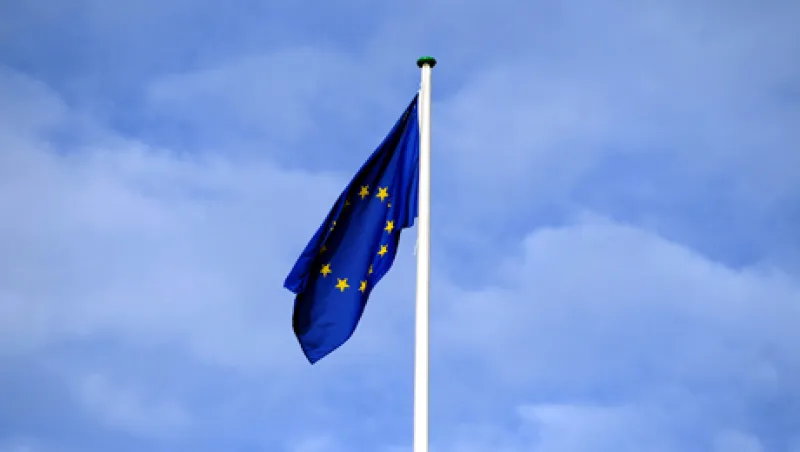
Will the Euro Zone’s Bazooka Have Enough Ammunition?
The euro zone is close to building its bazooka. But will it have enough ammunition? Analysts say no.
David Turner
June 29, 2012


